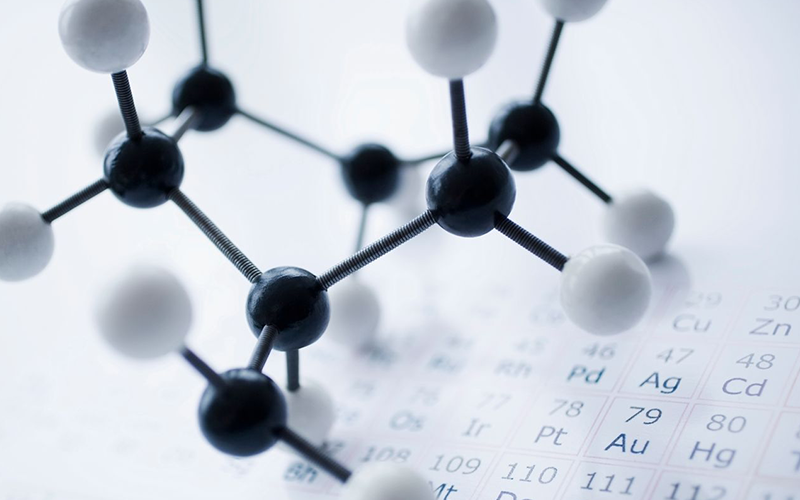Do Chemical Elements Affect the Performance of Stainless Steel?
Our company’s best-selling stainless steel products include 304 stainless steel, 316 stainless steel, 430 stainless steel, 201 stainless steel, etc. According to the product form, it is divided into stainless steel coil, stainless steel tube, stainless steel plate, stainless steel foil, etc. Let’s take a few examples to briefly look at the effects of different elements on stainless steel.
| Type | Chemical Element | Characteristics |
| 304 Stainless Steel | It contains about 18% chromium (Cr) and 8% nickel (Ni) and also contains a small amount of carbon (C), manganese (Mn), silicon (Si) and phosphorus (P), and other elements. | Has good corrosion resistance and toughness. |
| 316 Stainless Steel | Contains chromium (Cr) and nickel (Ni) content similar to 304, but also add about 2-3% molybdenum (Mo, also contains a small amount of carbon (C), manganese (Mn), silicon (Si), phosphorus ( P) and sulfur (S) and other elements. | Has higher corrosion resistance, especially in high temperature and acid environments. |
| 430 Stainless Steel | Contains approximately 17% chromium (Cr), low nickel (Ni), and no molybdenum (Mo) content | 430 stainless steel has strong corrosion resistance but is not as corrosion resistant as 304 and 316 stainless steel, and the price is relatively low. |
| 201 stainless steel | Contains about 16-18% chromium (Cr) and about 4-5.5% nickel (Ni), higher manganese (Mn). | 201 stainless steel has higher strength and hardness than 304 and 316 stainless steel, but slightly less corrosion resistance. |
From the examples of several different types of stainless steel cited in the above table, it can be concluded that stainless steel is an alloy material, mainly composed of iron, chromium, nickel, and other elements. The content and structure of these elements have an important impact on the performance and characteristics of stainless steel, and the presence or absence and proportion of various alloying elements are extremely important.
“Functions” of Different Chemical Elements
The performance of stainless steel is greatly affected by its chemical element composition, the following are some common chemical elements and their effect on the performance of stainless steel:
Iron(Fe) – Important Role
First of all, iron is the main component of stainless steel, accounting for about 70-75% of the chemical composition of stainless steel. The content of iron determines the basic properties of stainless steel, such as strength, plasticity, conductivity, etc. At the same time, an appropriate amount of iron can improve the corrosion resistance of stainless steel and increase its service life. For example, austenitic-ferritic duplex stainless steel: it has the advantages of both austenitic and ferritic stainless steel, and has superplasticity. Austenite and ferrite each account for about half of the stainless steel. In the case of low C content, the Cr content is 18%~28%, the Ni content is 3%~10%, and the other components are iron.
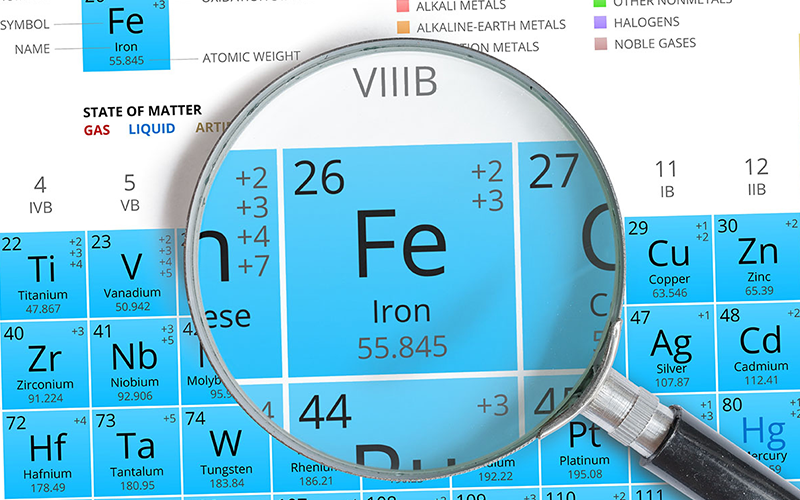
Chromium(Cr) – the Cornerstone Element
Chromium is one of the key elements in stainless steel, and its content is generally above 10.5%. The main function of chromium is to form a dense oxide film, called “passive film”, which can effectively block the corrosion of the substrate by external oxygen and moisture. Therefore, the higher the chromium content, the better the corrosion resistance of stainless steel, and it is more suitable for harsh working environments.
Nickel(Ni) – Enhanced Corrosion and Heat Resistance
Nickel also plays an important role in the performance of stainless steel. The addition of nickel can improve the strength, plasticity, and corrosion resistance of stainless steel, making it more tough and heat resistant. In a high-temperature environment, nickel can reduce the linear expansion coefficient of stainless steel and improve its thermal stability, and is one of the commonly used alloying elements.
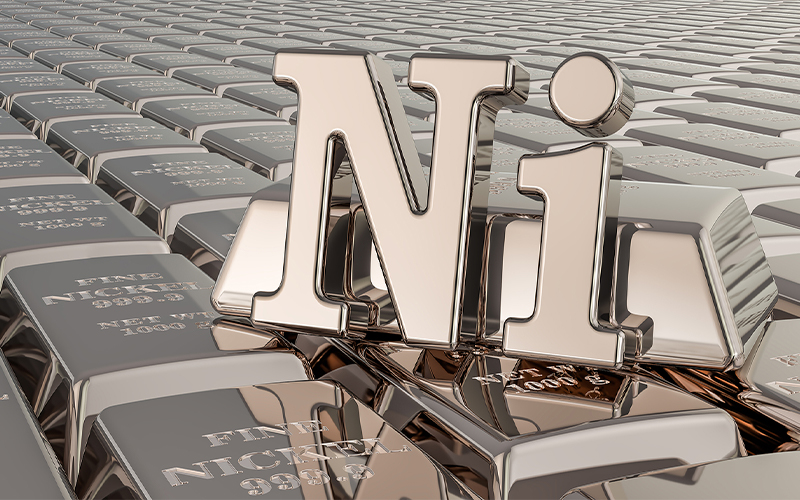
Manganese (Mn) – Strength and Workability
Manganese can increase the strength and hardness of stainless steel, and improve the cold workability and hot workability of stainless steel. Small amounts of manganese are usually added to balance the chemical composition and achieve the desired mechanical properties.
Carbon (C) – Strengthens Strength
Carbon is a common alloying element in stainless steel and has a great influence on the strength and hardness of stainless steel. Stainless steels with high carbon content generally have higher strength, but may sacrifice some corrosion resistance properties.
Molybdenum (Mo) – Corrosion and Stress Corrosion Cracking Resistance
Molybdenum can improve the corrosion resistance of stainless steel, and can also improve the welding performance and stress corrosion crack resistance of stainless steel, especially under high temperature and acidic conditions. The main difference in chemical composition between 316 stainless steel coil and 304 is that 316 contains Mo, which is more resistant to corrosion than 304 in high-temperature environments.
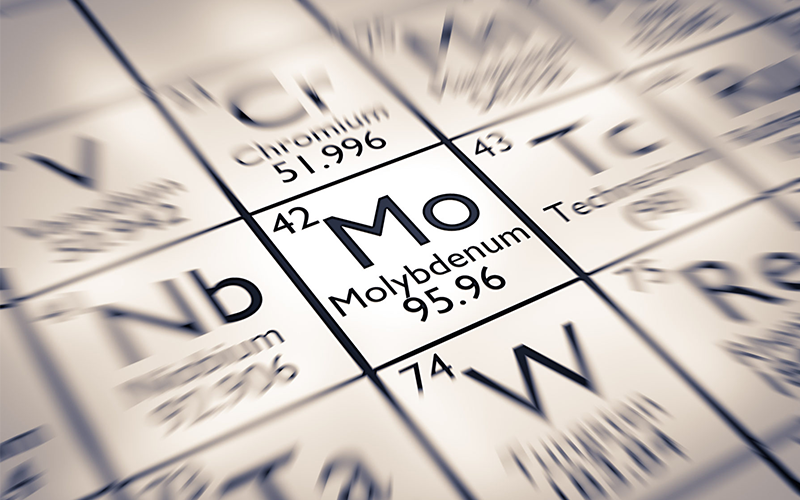
Silicon (Si) – Enhanced Hardness
Silicon can increase the strength and hardness of stainless steel and has some influence on the corrosion resistance and mechanical properties of stainless steel.
Titanium (Ti) – Enhanced Corrosion Resistance
Titanium increases the corrosion resistance and strength of stainless steel and is often used in specialized applications requiring superior performance.
Phosphorus (P), Sulfur (S), and Nitrogen (N) – Adjusted Composition
The content of these elements usually needs to be controlled at a low level to ensure that the stainless steel has good corrosion resistance and mechanical properties. Excessive content of these elements will hurt the performance of the material and should be added in an appropriate amount.
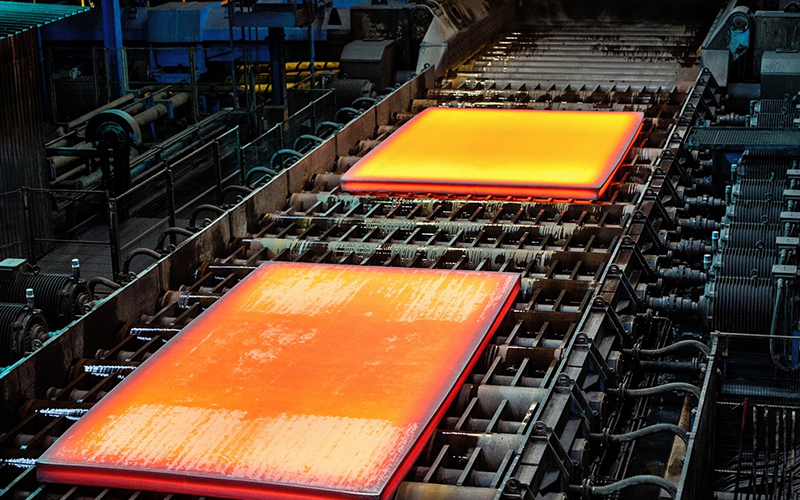
The performance of stainless steel is largely affected by its chemical composition, especially the presence and proportion of various alloying elements. Chromium, nickel, molybdenum, manganese, carbon, silicon, titanium, and other elements work together to give stainless steel excellent corrosion resistance, strength, durability, and other desirable properties.
420 stainless steel coil, with high hardness and wear resistance, suitable for tool and mold manufacturing; Stainless Steel Patterned Plate, with good ductility and strength, suitable for decorative purposes; 2205 Stainless Steel Coil, suitable for high strength and corrosion resistance Sexual occasions; 304 Stainless Steel Seamless Pipe, especially suitable for chemical and marine environments. Whether coil, plate, or tube, the chemical elemental composition of each stainless steel material differs.
Understanding the effects of these chemical elements is critical to selecting the most suitable stainless steel grade for a particular application. If you still have questions, please feel free to contact us, we will provide you with the most professional advice, the most suitable products, and the best service!
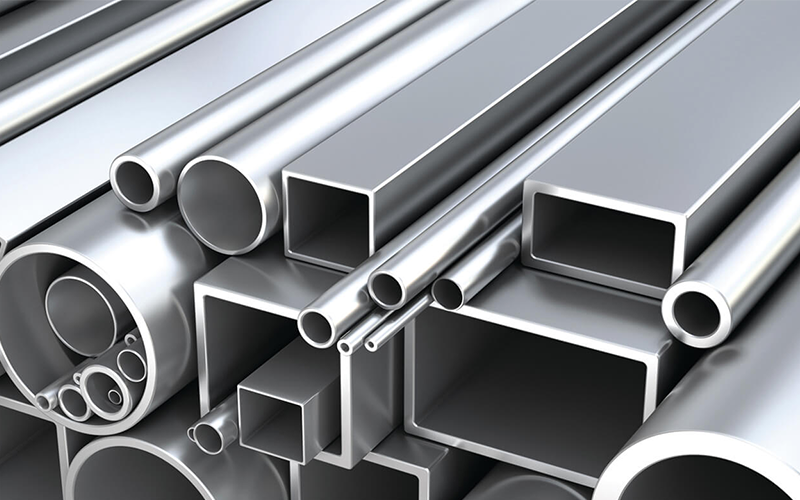
GNEE Stainless Steel Supplier
GNEE Steel Group is a professional supply chain enterprise, mainly engaged in steel plate, coil, profile and outdoor landscape design and processing. After 15 years of development, it has become a leading international steel supply chain company in the Central Plains. Relying on Angang and other iron and steel enterprises, we have a wide variety of products, including shipbuilding plates, pressure vessel plates, bridge decks, etc. At the same time, we provide pipes, bars, engineering design and manufacturing, and comprehensive stainless steel solution services. Cooperating with more than 600 companies around the world, the annual export capacity exceeds 80,000 metric tons. Choose Gurney Steel Group, you choose a professional and reliable steel supply chain partner!


